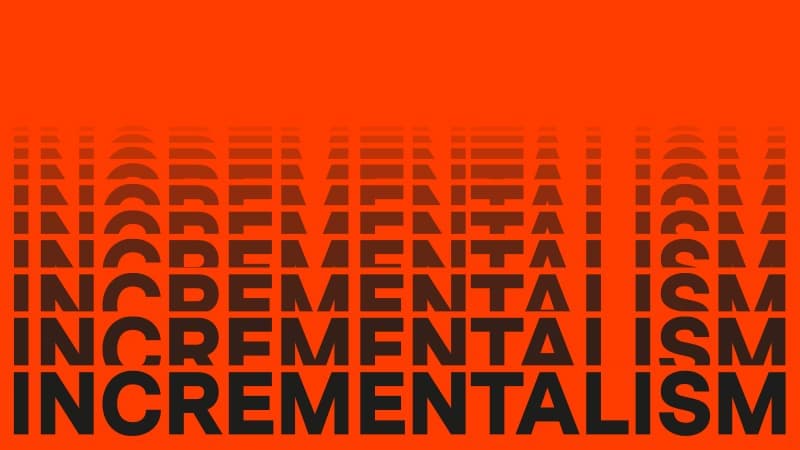Why Is Load Speed So Important For A Website?
Fast websites, slow websites and everything in between. Why is load speed so important for a website? The answer to that question might seem obvious simply because most people don’t like to wait around. But really, there’s a lot more to it than just a need for speed.
Better User Experience
When it comes to user experience, webpages with a longer load time tend to have higher bounce rates and lower average time spent on those pages. This could be explained by looking at the ‘3 response-time limits’, which are determined by human perceptual abilities and defined by Jakob Nielsen from the Nielsen Norman Group (world leaders in research-based user experience).

- 0.1 second is about the limit for having the user feel that the system is reacting instantaneously.
- 1.0 second is about the limit for the user’s flow of thought to stay uninterrupted, even though the user will notice the delay.
- 10 seconds is about the limit for keeping the user’s attention focused on the dialogue. For longer delays, users will want to perform other tasks while waiting for the computer to finish.
Although Nielsen defines 10 seconds as the limit for user’s attention, people today expect more. According to 2018 research by Google, 53% of mobile users leave a site that takes longer than three seconds to load.
Users Spend More Time on Faster Sites
How fast a webpage loads will also impact how long users decide to stay on it. Research shows that users spend more time on a faster site, while a slow loading one will move their attention to the act of waiting instead of the actual content of the site. Meaning that if a page doesn’t load quick enough, users will decide even before it’s finished loading whether they are prepared to give it any more of their precious time.
SEO and Mobile
Speed also has a direct impact on your SEO and is so important that Google made it an actual ranking factor in 2010. Their ‘PageSpeed Insights’ tool reports on the performance of a page on both mobile and desktop devices, providing suggestions on how that page may be improved. In short, a slow loading website can hurt your Google rankings, so make sure your score is good and that it is as good for mobile as desktop – as this is where Google see the industry going.
Speed and Conversion
And then there’s of course the impact of speed on conversion rates. Google and other search engines penalise slow-loading sites, but so do users. If a site is slow enough, they will stop visiting, bounce and not engage. Your traffic will go down and if you have an e-commerce site, you’ll probably miss out on sales. There have been some interesting findings when it comes to comparing site speed versus conversion rates, such as:
- 0-4 second load time is best for conversion rates
- The first 5 seconds of page load time have the highest impact on conversion rates
- Website conversion rates drop by an average of 4.42% with each additional second of load time (between seconds 0-5)
- Website conversion rates drop by an average of 2.11% with each additional second of load time (between seconds 0-9)
Key Things to Check
To find out how your site is performing and to identify how it can be optimised, there are several tools at hand, including GT Metrix and Google Console. You should also consider the ‘things to check’ which will impact your site’s speed, positively or negatively. These are:
- Image optimisation – use proper file formats and reduce file sizes. The fewer bytes the browser has to download, the faster the browser can download and display content on the screen.
- Lazy loading – works as an optimisation technique for online content by only downloading the required section of the user and delaying the rest. Causing the website to perform faster.
- Minification of files – remove unnecessary data without affecting how the resource is processed by the browser – e.g. code comments and formatting, removing unused code, using shorter variable and function names, and so on.
- Server delays – server response time measures how long it takes to load the necessary HTML to begin rendering the page from your server. Things that might affect this are slow application logic, insufficient hardware resources and slow network connection.
- User tracking – just because you can track everything doesn’t mean you should. Because the more tracking codes added to your site, the more the speed of it will be compromised. It’s about finding a balance of being in the know and optimising user experience.
To wrap things up, let’s have a look at some straight-talking stats around page speed. And in particular, how a one-second delay in page load time impacts your site:
- 11% fewer page views
- 16% decrease in customer satisfaction
- 7% loss in conversions
So, how is your website performing?
Run a check using one of our suggested online tools (GT Metrix / Google Console), and if you think you need help getting better conversion, increased customer satisfaction and more page views, get in touch on hello@steve-edge.com and we’ll help you out.
- Share:


